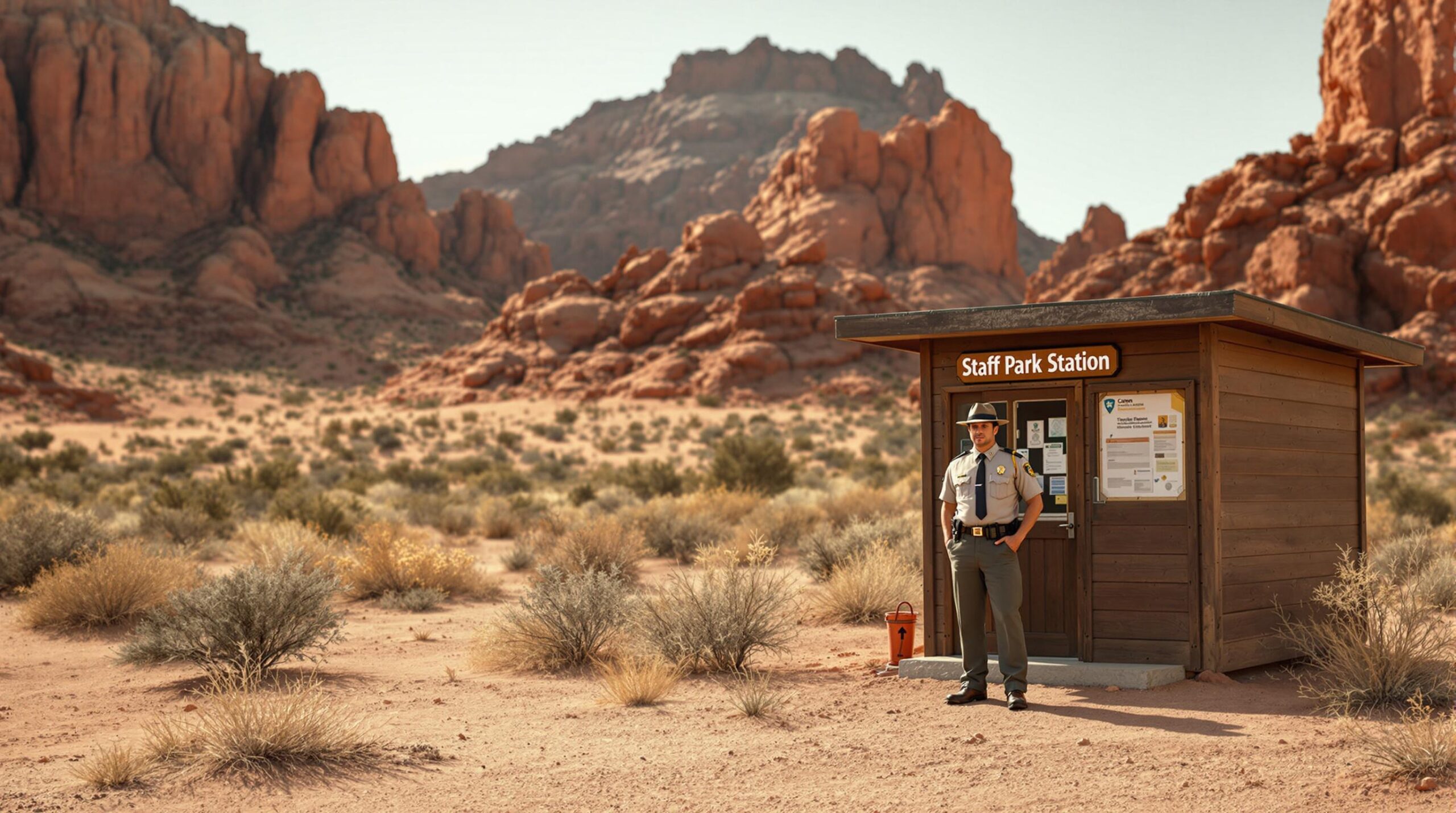Park officials across Utah’s Mighty Five national parks are contending with steep staffing shortages following layoffs that affected around 1,000 National Park Service employees nationwide. The downsizing, which took place in mid-February, included several positions at Zion, Bryce Canyon, Capitol Reef, Arches, Canyonlands, Hovenweep and Natural Bridges public data shows.
Budget constraints and rising visitor numbers have forced some parks to curtail offerings, such as Arches canceling guided tours at Fiery Furnace. In several locations, critical maintenance tasks remain unfilled, and visitors may notice fewer ranger-led programs during the busiest months.
Bill Wade, Executive Director of the Association of National Park Rangers, described the impact of the terminations on morale and daily operations. “The best word that I’ve heard a lot of us and the people in the Park Service use is, ‘It’s devastating,’” he emphasized, according to information from the same source.
In calling for public support, Wade added, “I don’t see any of this turning around until the public gets angry enough or concerned enough that they exercise their abilities, maybe to work through their elected officials to try to get it turned around,” he cautioned in the same report.
Zion National Park, which reported 162,438 visitors in February, has faced particular strain from year-round attendance. That number marked its second-busiest February since 1979 and comes at a time when the park’s reduced workforce is already struggling to keep up with everyday needs, the figures indicate.
Despite these challenges, Interior Secretary Doug Burgum issued a directive to “remain open and accessible to the American public during the specified hours of operation” across the national parks official records show. This mandate has sparked disagreement among those who fear that inadequate staff may leave natural resources and visitors unprotected.
Kristen Brengel of the National Parks Conservation Association labeled the order “ill-conceived” and warned of “micromanagement at its worst,” suggesting that limited personnel might aggravate crowd control problems, she noted in official records.
Meanwhile, House Committee on Natural Resources Chairman Bruce Westerman welcomed the instruction, noting that Secretary Burgum’s policy ensures the Park Service continues to greet visitors according to its longstanding mission. However, the directive may create uncertainty in reconciling full operations with diminished resources.
Records show that at Upper Lake Louise, 1,800 to 2,500 vehicles are turned away daily during peak season, illustrating what could happen if park infrastructure becomes overwhelmed records show. Though in a different region, the comparisons underline the potential fallout of uncontrolled demand.
One approach to easing seasonal pressure involves collaboration with local businesses. Nearby RV parks and campgrounds can assist by creating overflow camping or shuttle services when national park facilities fill up. Sharing real-time availability through various communication methods may help disperse crowds and relieve congested entrances.
Further steps could focus on safety and awareness. Staff at private campgrounds can receive basic training, equip check-in areas with updated maps, and encourage responsible recreation habits such as Leave No Trace. Additional signage and reminders regarding wildlife and fire safety might prevent accidents when rangers are unavailable to provide direct assistance.
For some who lost their jobs, the personal burden has been profound. “It is quite saddening to see because so many people have had the rug pulled out from under them in their lives. I’m not the only one who left their home and took what they could carry with them to come out here,” said former Zion employee Zane Duncan. He also noted in the same report, “I think the non-busy season at Zion has definitely gotten smaller and smaller as time has gone on because it’s just such a busy park,” highlighting the year-round popularity.
With summer crowds on the horizon, Wade warns of future fallout once seasonal hires cycle out. “The problem then becomes what happens when all of those seasonals or temporaries are terminated at the end of their regular assignments? Then we’re back to an already even more understaffed park staff in many cases, and the visitors are really going to start to see it then if something doesn’t change,” he said in the same source. Calls continue for more stable funding, expanded staffing, and long-term strategies to balance public access with preservation of these iconic landscapes.
Industry conversations suggest that local campground operators can collaborate with each other and nearby public land managers to establish overflow plans when national park services are scaled back. Offering extra camping options and a range of lodging—from primitive tent sites to premium cabins—may help accommodate demand when popular amenities are limited.
Further general measures address safety and visitor education. Campground and RV park employees who undergo regular safety briefings and keep updated maps available can fill an information gap when park ranger guidance is reduced. Reinforcing responsible recreation habits through posted guidelines and clear signage also helps safeguard both visitors and the environment in times of staffing challenges.


